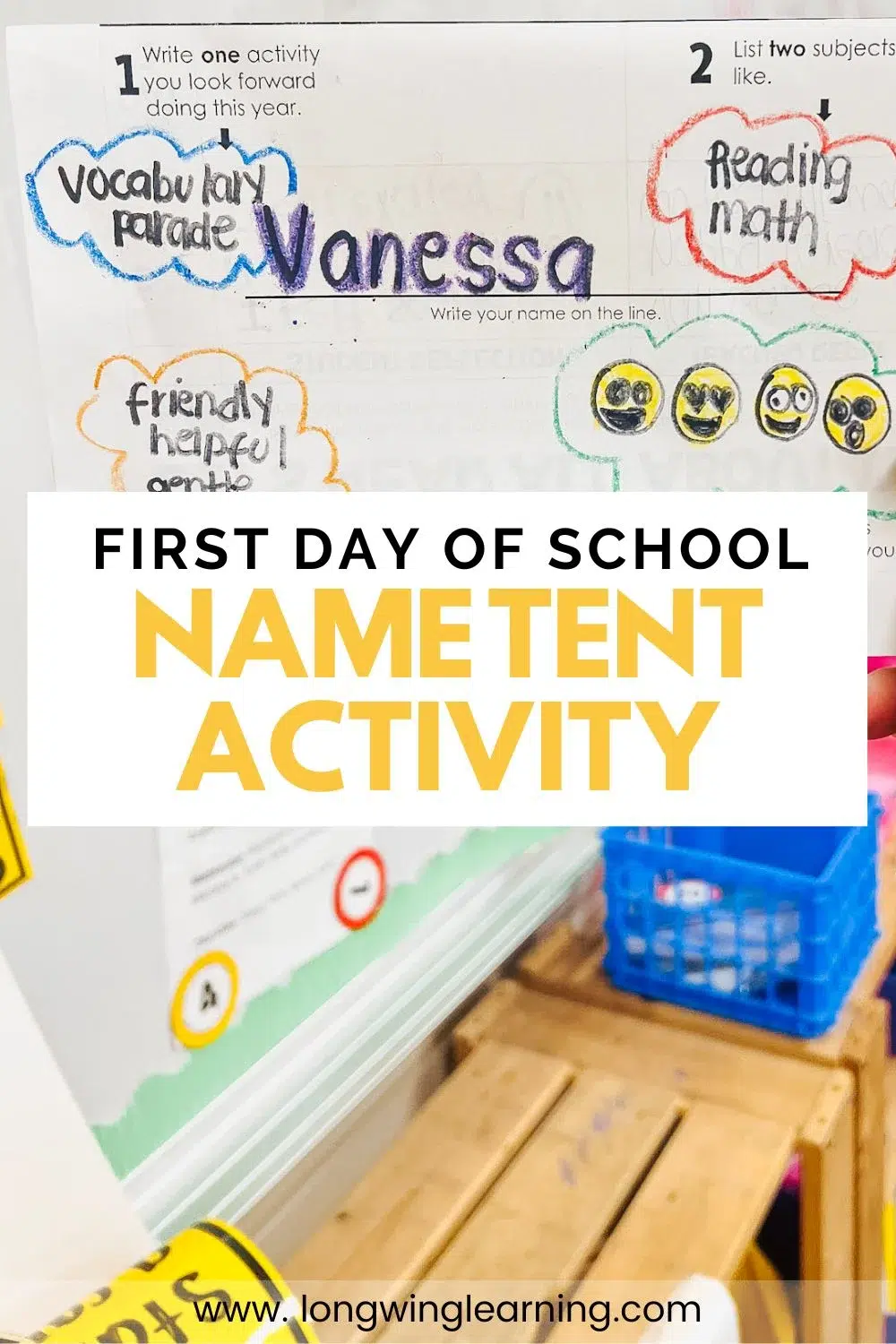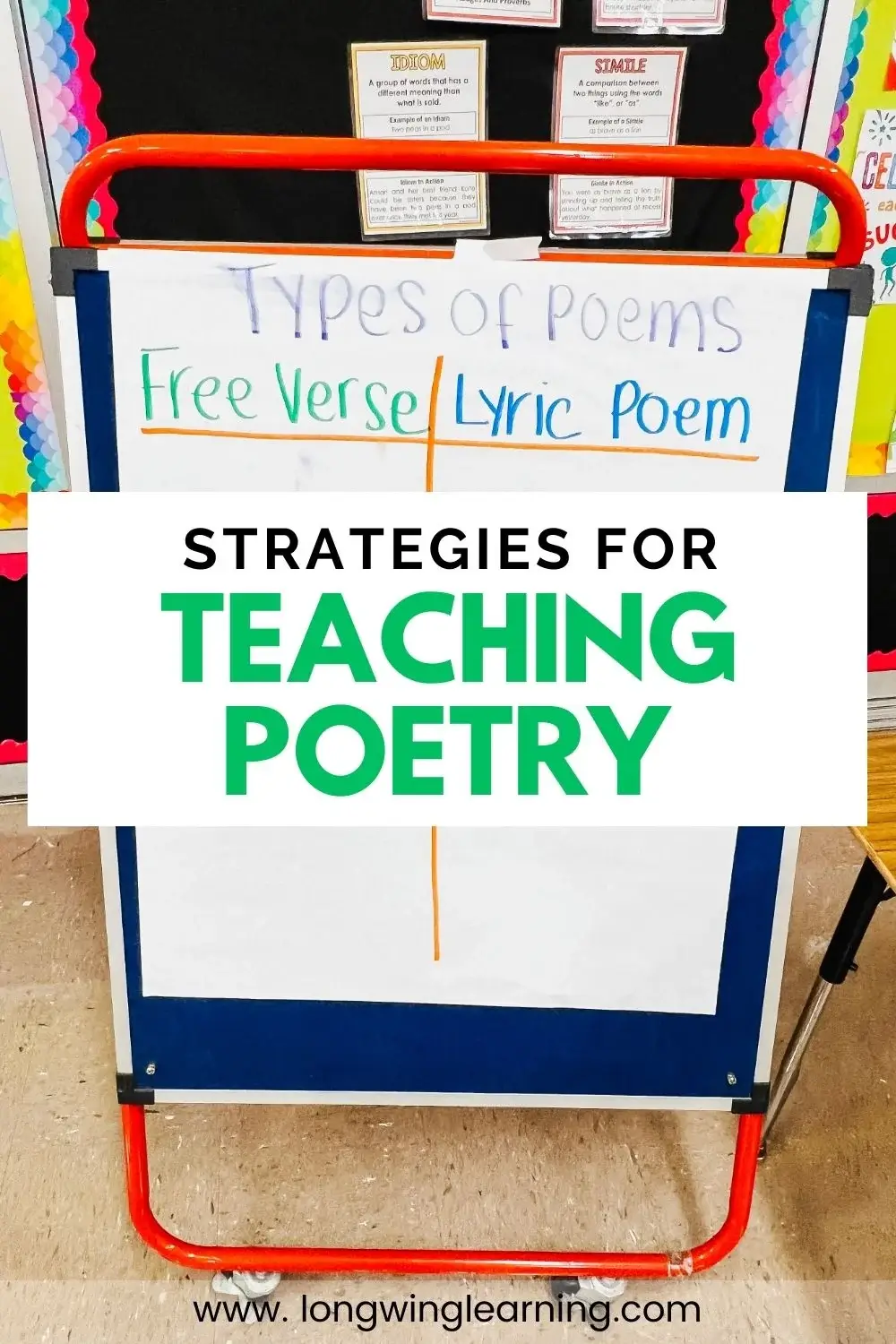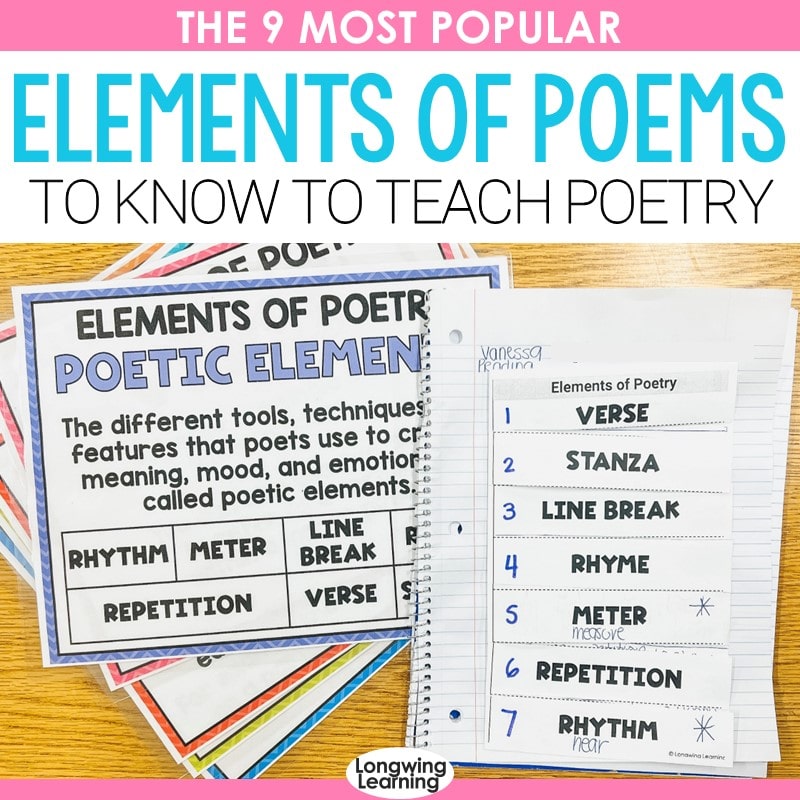Analyzing a writing prompt is the first lesson I teach in the writing process to write an essay. As teachers, we know if our students skip this prewriting step, there's a high chance their essay will be off-topic.
Imagine a student writing an essay with all the writing components, such as text evidence and elaboration, only to receive a zero because it didn't address the question or go off on a tangent. Heartbreaking, right?
No longer are the days when fourth or fifth-grade students answer a simple essay prompt. With standardized testing and the push to get students college and career-ready, this has all changed.
Writing prompts are more elaborate and extensive. Some writing prompts no longer end with question marks. That's why analyzing a writing prompt by breaking it down into manageable steps ensures student's responses are on task.
In this blog post, you will find four easy steps to teach your students to analyze these tricky writing prompts.
Table of Contents
How to Analyze a Writing Prompt
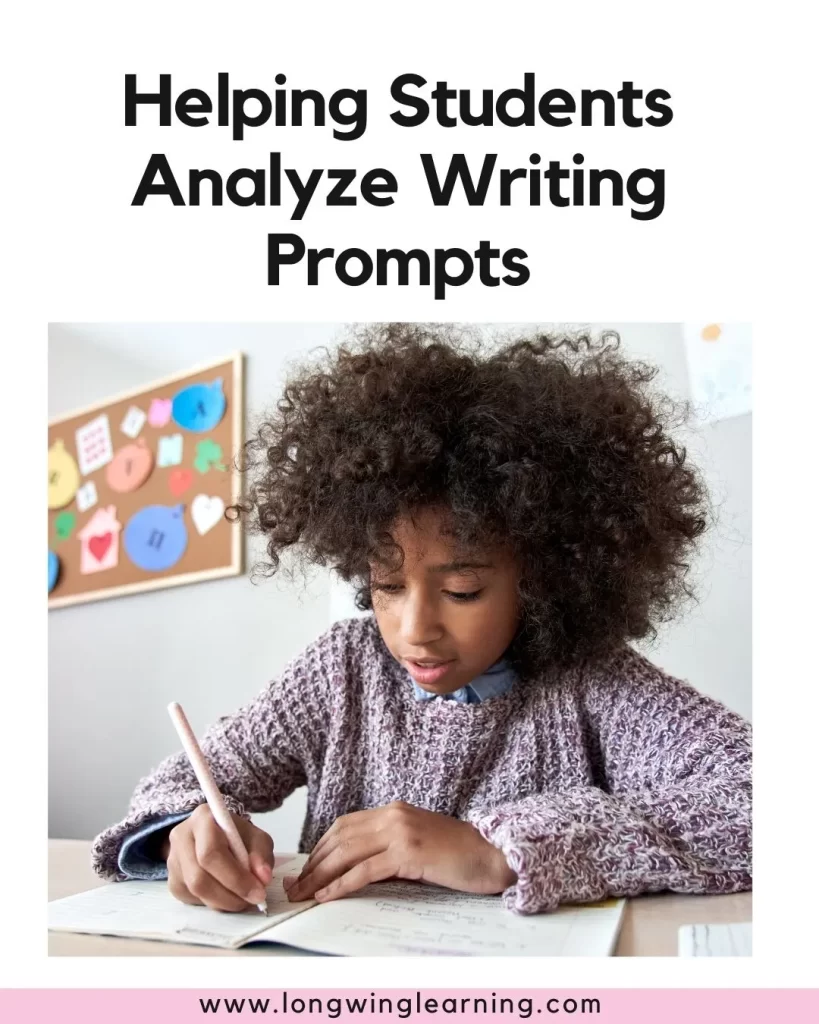
Step 1: Read the Writing Prompt
So, the first step in understanding a writing prompt is reading the prompt. Here, students look at words related to the topic, including key vocabulary words or words they might be unfamiliar with.
After reading the prompt, students need to identify the main topic of their essay by circling it.
If you're introducing students to analyzing writing prompts for the first time, providing multiple examples of writing prompts they might encounter is helpful.
Step 2: Find the Task
After reading, students look for key words that indicate the task to underline. The task refers to the type of essay they will be writing and contributes to their understanding of the task. Students can be asked to explain a topic, argue a point, or tell a story.
To find the task, students look for the words “expository,” “argumentative,” or “narrative” to hint at the task or purpose of the essay.
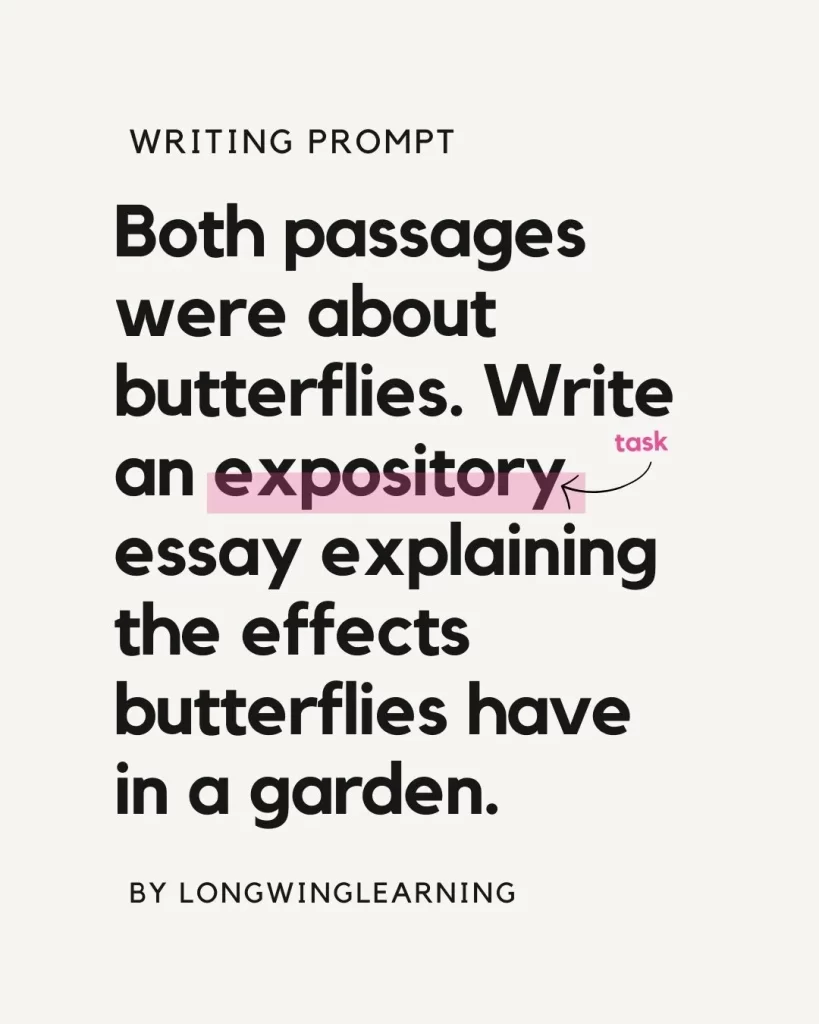
A common challenge students might have is interpreting terms such as “expository,” “argumentative,” or “narrative.”
To understand the task, explain to students that for an expository prompt, the primary purpose is to provide information on a topic, while an argumentative prompt involves taking a stance and defending it, and a narrative prompt focuses on telling a story.
To help with these difficulties, give students many chances to practice, explain task words clearly, and show them different examples.
Step 3: Write the Question
Now that they know the type of essay they will write, they need to identify the question.
Clarify that there are various types of writing prompts. Specifically, in standardized assessments, the writing prompts can all be written as a statement and not include the traditional question that ends with a question mark.
If this is the case, students must flip that around and turn a statement into a question. Often, the question hides at the end in lengthy writing prompts, as seen in the example above.
Here is an example of the format of a text-dependent writing prompt: “Both passages were about butterflies. Write an expository essay explaining the effects butterflies have in a garden.”
First, ask students to search for verbs. Examples of verbs in a writing prompt are words such as explain, describe, write, or tell. Then, have students identify the main idea or concept in the writing prompt.
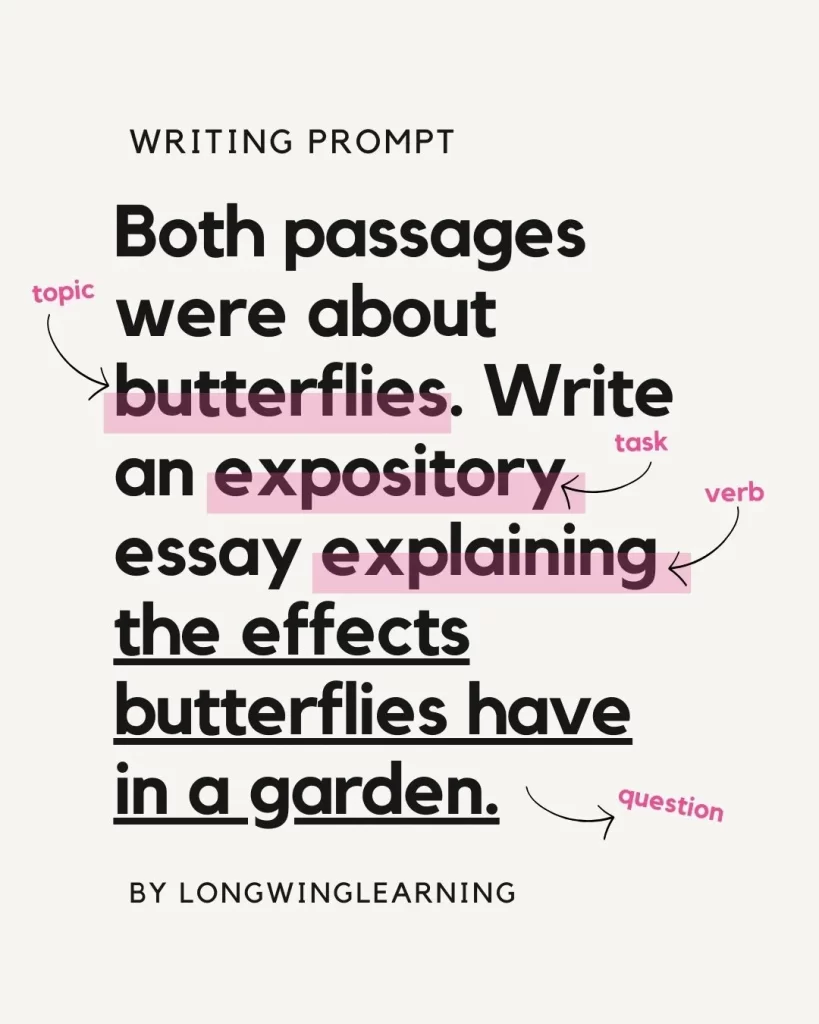
In the example above, the verb is “write,” and the topic is butterfly. Guide students to uncover the question by asking, “Write what about butterflies?” At this point, many students can identify the question within the writing prompt.
The next step involves rephrasing their response as a question in their own words. One way to do this is by adding words associated with questions such as who, what, when, where, and how to help transform their response into a straightforward question.

If students need help generating a question, start with shorter statements and gradually move to more complex ones. You can also practice with different writing prompt examples from various contexts and subjects. Analyze them together, turning each into a question.
Now armed with the question, students are prepared for the last step.
Step 4: Pick a Text Structure
By having the question, students need to identify the text structure to help them plan. Remind them that all authors use specific text structures to arrange their thoughts.
In this step, guide students in choosing one of the five text structures that suit their response to organize their ideas. The text structure they select will become the framework for their planning sheet and help them write their thesis statement.
There are five structures students can choose from: problem and solution, cause and effect, comparing contrast, sequence, or description – the same ones discussed during reading instruction.
Ask students to underline keywords that hint towards the structure. In the butterfly writing prompt example, “effect” is a keyword to indicate cause and effect.
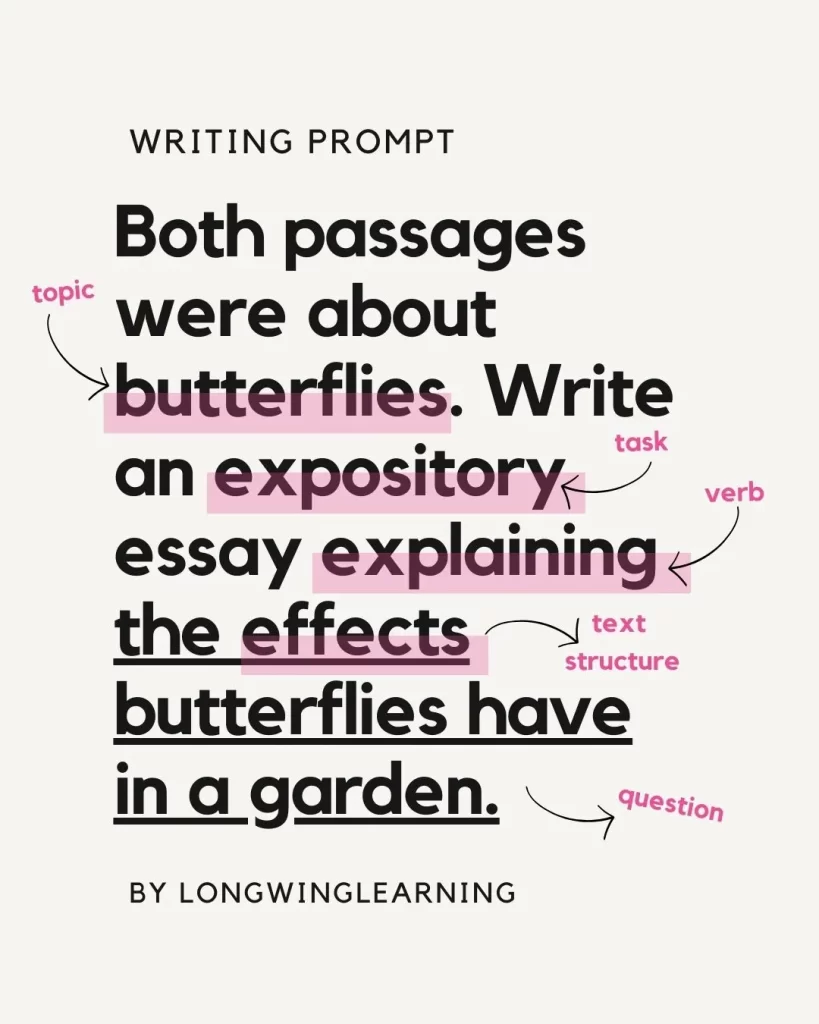
Identifying text structure can be tricky for students because it involves understanding how information is organized in a passage. Some common challenges include recognizing keywords that hint at the structure and choosing the right structure for a given topic.
Here are some strategies to help students identify keywords when selecting a text structure to write in:
- Teach students to recognize specific signal words that often accompany particular text structures. For instance, “cause” and “effect” signal a cause-and-effect structure.
- Provide students with various examples of writing prompts for each text structure. Analyze them together to identify recurring keywords related to each text structure.
- Model the process of identifying keywords by thinking aloud. Show how you read a prompt and pick out words that suggest a specific text structure.
- Have students compare and contrast writing prompts of different structures. Discuss the language used in each and help them discern patterns.
- Practice identifying keywords during a small group session before gradually moving towards independent practice.
- Encourage reflection on why certain words indicate a particular text structure.
Teaching Tips to Analyze Writing Prompts
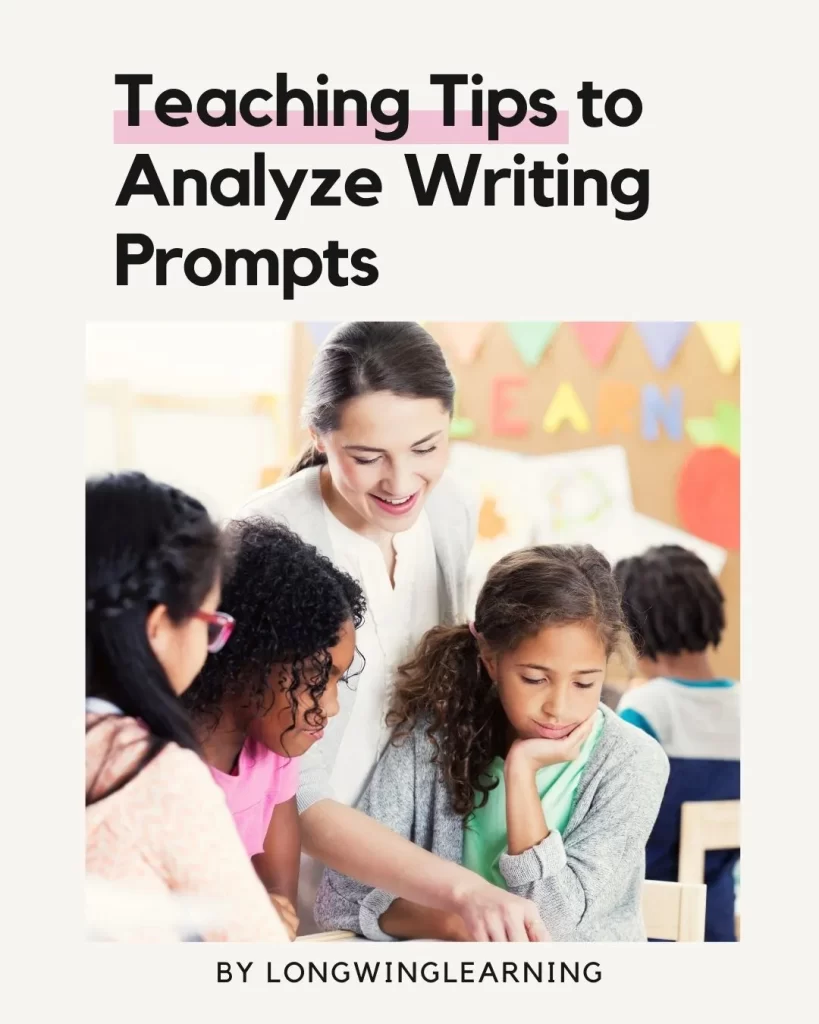
To help students grasp the steps in analyzing essay writing prompts, consider these practical teaching tips:
- Use the I do, we do, you do teaching model to practice analyzing a writing prompt.
- At the beginning, practice analyzing writing prompts without the pressure of writing a response. This practice phase is crucial for building confidence.
- Stay consistent in the language used to model each step of analyzing a writing prompt.
- Create an anchor chart with the four steps to analyze a writing prompt for students to refer to as needed.
- Analyze previous writing prompts for students to practice analyzing a writing prompt.
- Demonstrate the importance of careful reading, task identification, and identifying a text structure each time you come across a writing prompt.
- Deliver specific feedback by addressing individual steps as they analyze the writing prompt. This targeted approach reinforces comprehension and refines their skills.
Key Takeaways
Wrapping it up, remember that analyzing writing prompts is a crucial prewriting stage, laying the foundation for a strong, on-point essay. Skipping this step can lead to essays going off-track, and we don't want that for our students!
Encourage students to use the four steps mentioned: read, task, question, and text structure to break down a writing prompt into manageable chunks.
By incorporating these practical tips and activities, students can develop a robust foundation in analyzing writing prompts and empowering them to approach any writing task confidently.

